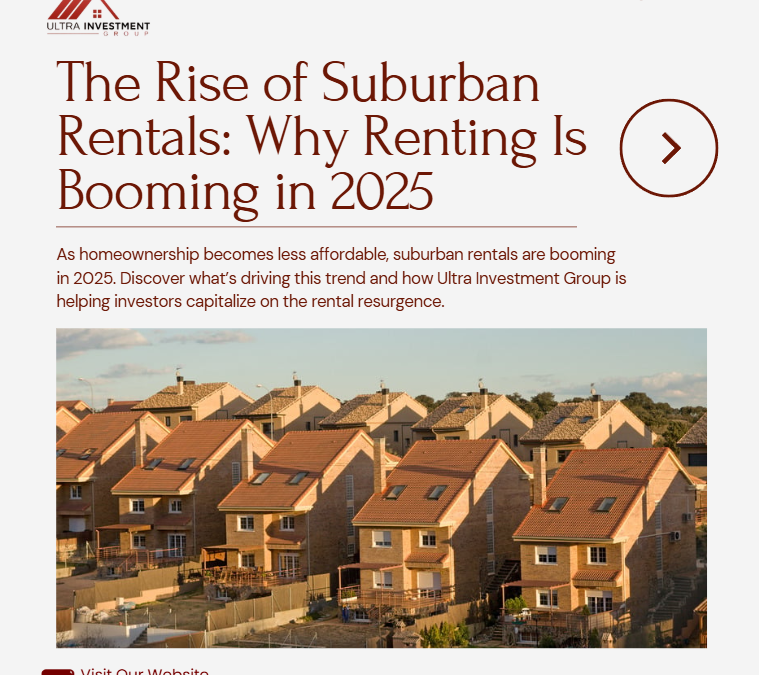Most people think investing in real estate means buying a house, renting it out, and waiting years to see a return. But there’s another path—one that doesn’t involve leaky faucets, tenant complaints, or massive loans. It’s called a Real Estate Investment Trust (REIT), and it’s one of the most underrated ways to grow wealth.
REITs: Real Estate for the Digital Age
In today’s fast-paced economy, people want investments that are simple, liquid, and profitable. That’s where REITs shine. They trade like stocks, pay dividends like bonds, and are backed by hard assets like real estate. Think of REITs as a bridge between Wall Street and Main Street—where anyone can become a real estate investor with just a few clicks.
What makes them even more exciting? REITs aren’t limited to old-school office towers or apartment buildings. Many now own cutting-edge assets like data centers, cell towers, healthcare facilities, and warehouses for e-commerce giants. That means when you invest in REITs, you’re tapping into the backbone of the modern economy.
3 Reasons REITs Outperform Traditional Real Estate
- No Hassle, All Hustle – Forget the headaches of property management. REITs let you invest in real estate without the 2 AM plumbing calls.
- Built-in Diversification – One REIT could own hundreds of properties across different states, industries, and tenants.
- Consistent Cash Flow – By law, REITs return up to 90% of their income to shareholders. That means steady dividends, even in uncertain times.
REITs vs. Owning Property: The Reality Check
| Factor | Owning Property | Investing in REITs |
| Upfront Cost | High (down payments, loans) | Low (buy shares for as little as $100) |
| Liquidity | Low (selling takes months) | High (sell shares anytime) |
| Management | Hands-on | Hands-off |
| Diversification | Limited | Broad exposure |
It’s clear: REITs give you the benefits of real estate without the baggage.
How to Start with REITs Today
- Brokerage Accounts – Buy REIT shares just like stocks.
- REIT ETFs – Invest in a basket of REITs for instant diversification.
- Dividend Reinvestment Plans (DRIPs) – Reinvest your dividends automatically to compound your returns.















